<< Our Photo Pages >> Skomer Stone - Standing Stone (Menhir) in Wales in Pembrokeshire
Submitted by PAB on Friday, 04 March 2011 Page Views: 19083
Neolithic and Bronze AgeSite Name: Skomer Stone Alternative Name: Harold StoneCountry: Wales County: Pembrokeshire Type: Standing Stone (Menhir)
Nearest Town: Haverfordwest Nearest Village: Marloes
Map Ref: SM73360952 Landranger Map Number: 157
Latitude: 51.738438N Longitude: 5.283985W
Condition:
| 5 | Perfect |
| 4 | Almost Perfect |
| 3 | Reasonable but with some damage |
| 2 | Ruined but still recognisable as an ancient site |
| 1 | Pretty much destroyed, possibly visible as crop marks |
| 0 | No data. |
| -1 | Completely destroyed |
| 5 | Superb |
| 4 | Good |
| 3 | Ordinary |
| 2 | Not Good |
| 1 | Awful |
| 0 | No data. |
| 5 | Can be driven to, probably with disabled access |
| 4 | Short walk on a footpath |
| 3 | Requiring a bit more of a walk |
| 2 | A long walk |
| 1 | In the middle of nowhere, a nightmare to find |
| 0 | No data. |
| 5 | co-ordinates taken by GPS or official recorded co-ordinates |
| 4 | co-ordinates scaled from a detailed map |
| 3 | co-ordinates scaled from a bad map |
| 2 | co-ordinates of the nearest village |
| 1 | co-ordinates of the nearest town |
| 0 | no data |
Internal Links:
External Links:
I have visited· I would like to visit
paulcall PAB have visited here

The stone referred to as the Skomer stone - also referred to in leaflets as 'Harold Stone' - is close to remains of 'huts, fields and cairns which represent one of the most complete areas of pre-historic settlement in the British Isles'.
I have to admit however that, on this occasion, ancient sites hardly featured in my photos when I visited for the first time in July 2008 - puffins landing & walking within feet of me won without contest. I think the undergrowth would have to be much reduced for the signs of early settlement to be visible.
Note: Royal Commission investigators Toby Driver and Louise Barker look at a well preserved prehistoric settlement on Skomer and speculate about the use of the standing stone as a navigation marker
You may be viewing yesterday's version of this page. To see the most up to date information please register for a free account.
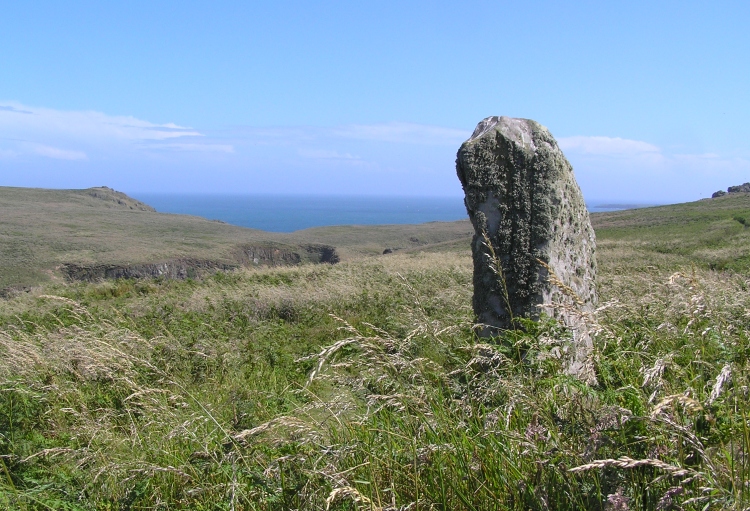
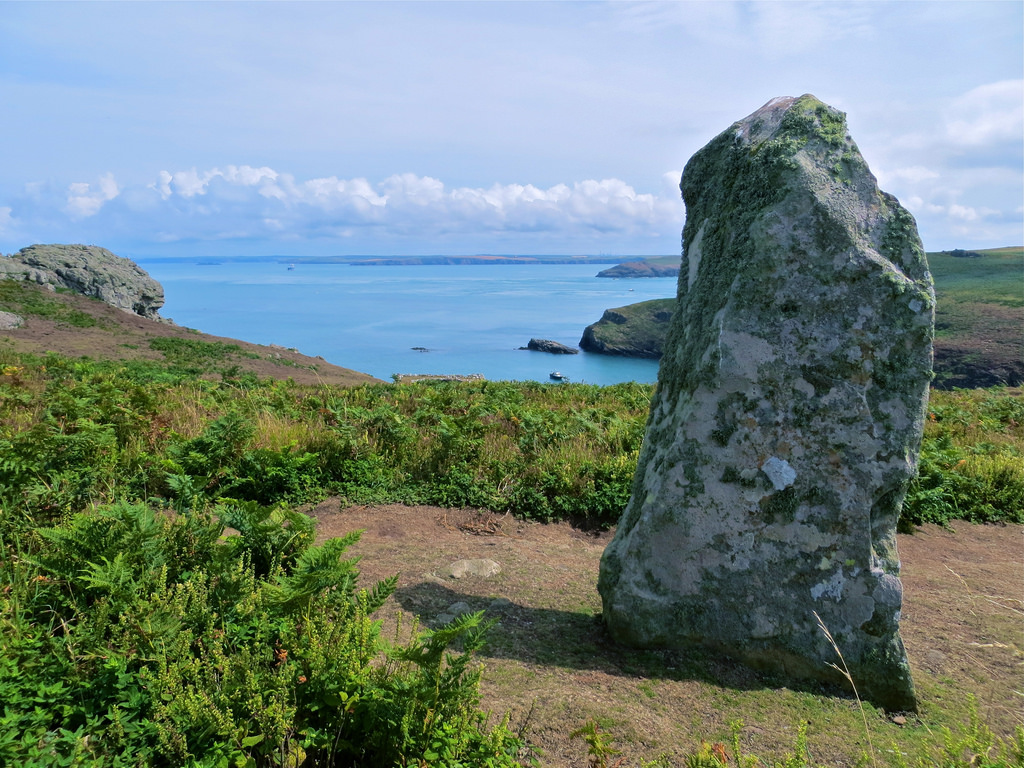
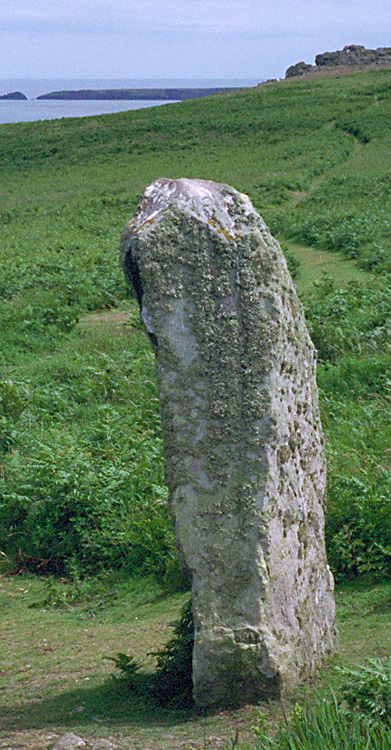
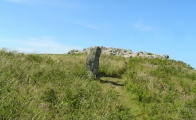
Do not use the above information on other web sites or publications without permission of the contributor.
Click here to see more info for this site
Nearby sites
Key: Red: member's photo, Blue: 3rd party photo, Yellow: other image, Green: no photo - please go there and take one, Grey: site destroyed
Download sites to:
KML (Google Earth)
GPX (GPS waypoints)
CSV (Garmin/Navman)
CSV (Excel)
To unlock full downloads you need to sign up as a Contributory Member. Otherwise downloads are limited to 50 sites.
Turn off the page maps and other distractions
Nearby sites listing. In the following links * = Image available
642m SSE 157° South Castle Promontory Fort Promontory Fort / Cliff Castle (SM73590892)
835m WNW 301° Earthfast natural slab in north east Skomer* Natural Stone / Erratic / Other Natural Feature (SM72660998)
1.0km WNW 289° North Skomer settlement Ancient Village or Settlement (SM7240009900)
1.5km WSW 251° Skomer south west settlements* Ancient Village or Settlement (SM71900910)
1.8km WSW 254° Skomer Island Stone Row / Alignment (SM71620911)
2.6km E 101° Martin's Haven* Hillfort (SM759089)
2.7km E 101° Renney Slip Hillfort (SM760089)
2.8km E 98° Ring-Stone, Martin's Haven* Early Christian Sculptured Stone (SM761090)
3.9km ESE 112° Victoria Bay* Hillfort (SM769079)
4.2km ESE 123° Gateholm Island* Ancient Village or Settlement (SM768071)
5.0km S 180° Skokholm* Not Known (by us) (SM731045)
5.8km ENE 75° Tower Point* Promontory Fort / Cliff Castle (SM790108)
5.9km ENE 72° Nab Head (Pembrokeshire)* Ancient Village or Settlement (SM79051111)
7.6km ESE 118° Great Castle Head Hillfort (SM799057)
8.5km SE 130° Little Castle Point Hillfort (SM797038)
9.6km E 99° Mabesgate Longstone* Standing Stone (Menhir) (SM828076)
9.8km ESE 114° Dale Fort* Hillfort (SM822052)
11.5km E 93° Sandy Haven's Farm* Standing Stone (Menhir) (SM848084)
11.5km E 93° Longstone Field Standing Stone (Menhir) (SM84870842)
11.6km E 93° Longstone Field Circle 2 Timber Circle (SM849084)
11.6km E 93° Longstone Field Circle 1 Timber Circle (SM849084)
13.5km W 267° Grassholm Island* Ancient Village or Settlement (SM5985909317)
13.5km ENE 67° Upper Lodge* Stone Row / Alignment (SM861142)
13.6km ESE 122° Whitedole Bay Hillfort (SM846018)
13.8km ENE 65° Harold Stone (Broad Haven) Standing Stone (Menhir) (SM8615514717)
View more nearby sites and additional images

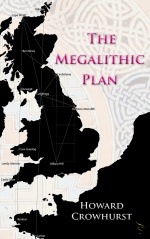

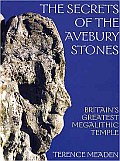


 We would like to know more about this location. Please feel free to add a brief description and any relevant information in your own language.
We would like to know more about this location. Please feel free to add a brief description and any relevant information in your own language. Wir möchten mehr über diese Stätte erfahren. Bitte zögern Sie nicht, eine kurze Beschreibung und relevante Informationen in Deutsch hinzuzufügen.
Wir möchten mehr über diese Stätte erfahren. Bitte zögern Sie nicht, eine kurze Beschreibung und relevante Informationen in Deutsch hinzuzufügen. Nous aimerions en savoir encore un peu sur les lieux. S'il vous plaît n'hesitez pas à ajouter une courte description et tous les renseignements pertinents dans votre propre langue.
Nous aimerions en savoir encore un peu sur les lieux. S'il vous plaît n'hesitez pas à ajouter une courte description et tous les renseignements pertinents dans votre propre langue. Quisieramos informarnos un poco más de las lugares. No dude en añadir una breve descripción y otros datos relevantes en su propio idioma.
Quisieramos informarnos un poco más de las lugares. No dude en añadir una breve descripción y otros datos relevantes en su propio idioma.